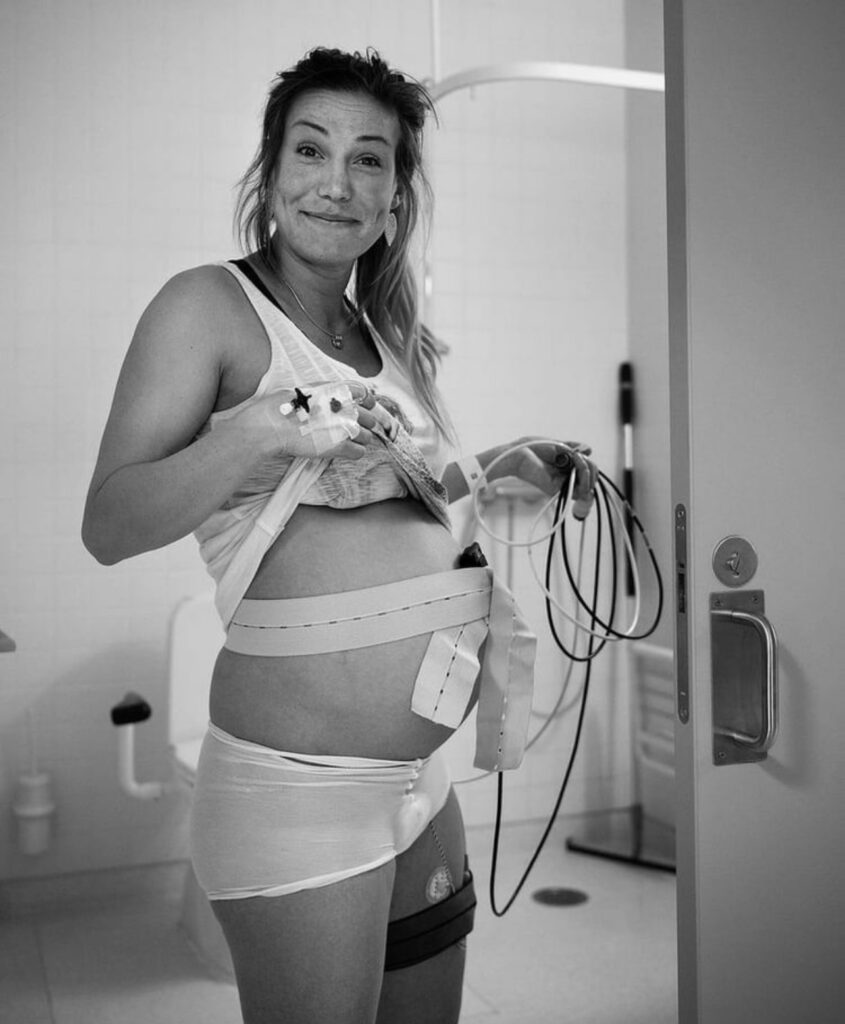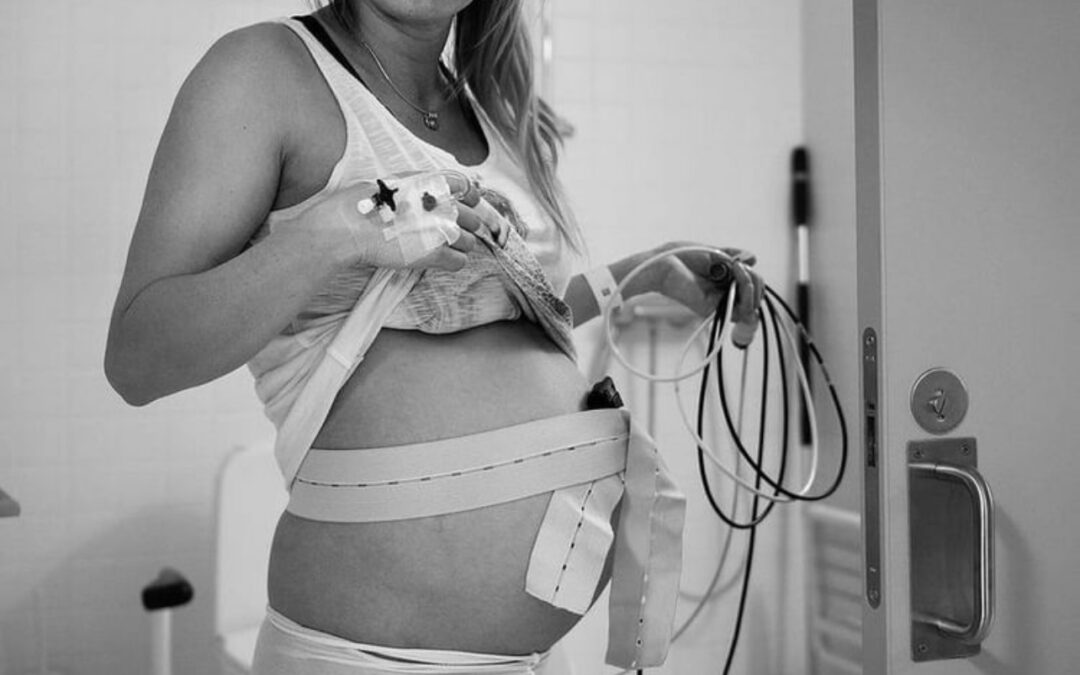Electronic fetal monitoring records your baby’s heartbeat during labour. It is a fairly routine hospital practice in most countries and is often compulsory on maternity wards.
🤰However, would you believe that there is actually no evidence to support its use?
👶Since its introduction in the 1970’s, research has shown that there is no clinical benefit for mothers or babies. Furthermore, it shows that there’s a link between EFM and the likelihood of having a c-section.
🤰How can this be linked to increasing c-section rates?
👶Continual monitoring requires a woman to lie down while wearing belts that restrict her movement which increase levels of discomfort and stress. Lying down on a bed can interrupt the normal process of labour and can limit blood flow around the body which reduces oxygen to the baby. Reduced oxygen to the baby can show up on the monitor as fetal distress. Fetal distress makes the possibility of having an episiotomy, forceps and c-section far more likely.
🤰What can you use instead of electronic fetal monitoring?
👶Using a handheld doppler instead will allow much more movement and also massively enhance comfort.
If you find yourself being told that you need to be constantly monitored, please make sure that you ask these questions: What are the benefits and the risks? Why does my baby need to be monitored? What are the alternatives? Is it absolutely necessary?
Come along to the next Hypnobirthing class on the 22nd July and learn more about how to navigate the maternity system and make the right decisions for you when the time comes.
Thanks to Hannah Willsmore Midwife for the wonderful photo.
For more birth tips, check out my website JustExhale or my Facebook: Just Exhale | Facebook


